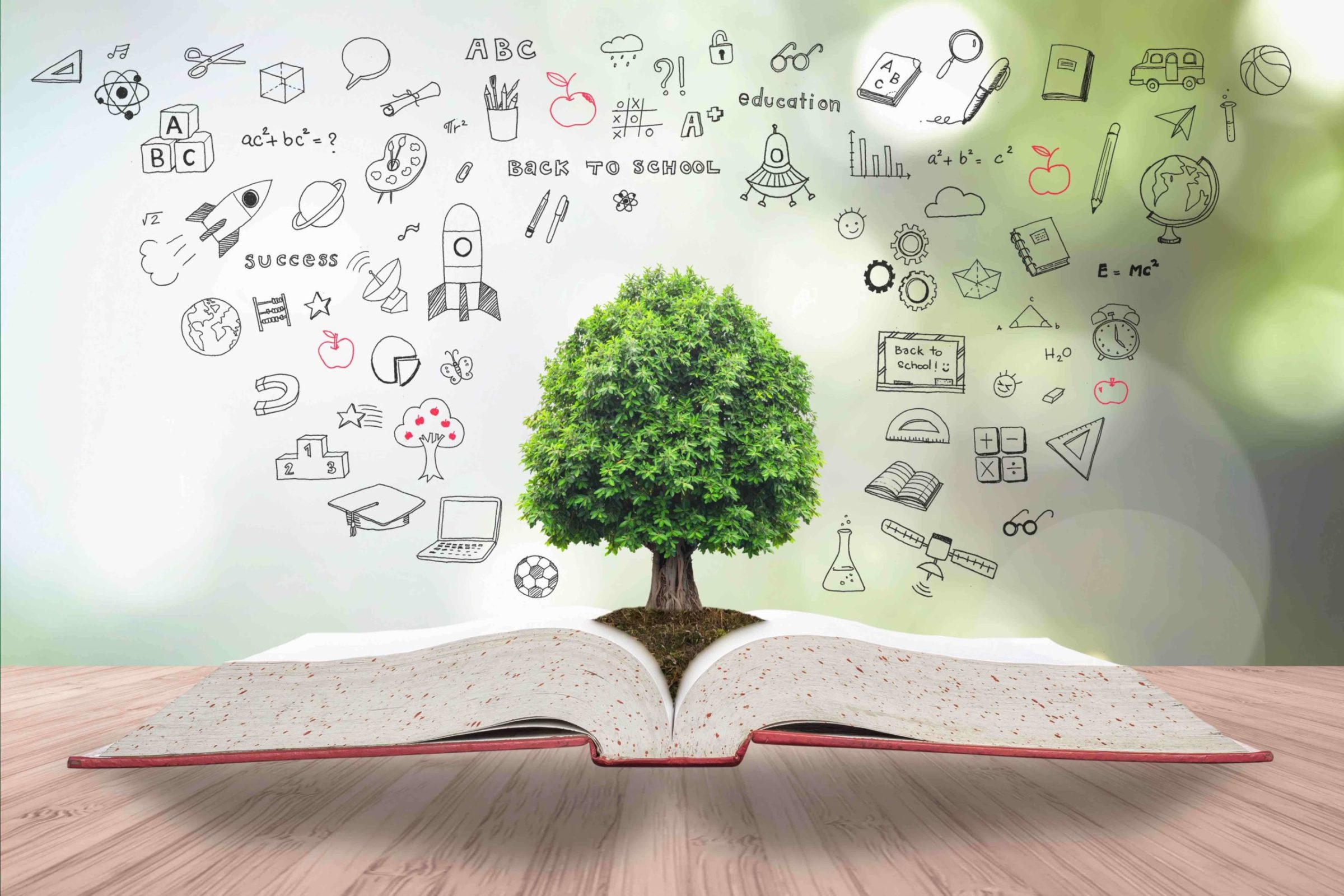In today’s interconnected world, pupil communities play an essential function fit scholastic and personal experiences.
These communities are not just collections of people but are vibrant environments that cultivate development, learning, and cooperation amongst students. They vary extensively in form and function, from campus-based teams to worldwide on the internet forums, each offering distinct possibilities for involvement and growth.
Whether you are stepping onto a college campus for the first time or taking part in online understanding environments, recognizing the structure and benefits of pupil communities can significantly enhance your academic journey. This article explores the essence of student communities, discovering how they operate, the advantages they give, and the ways in which they can be leveraged for personal and academic success.
Recognizing Student Communities
Student areas are fundamental to the academic experience, working as both social and educational support group. At their core, these areas are teams developed naturally by pupils who share usual interests, goals, or fields of study. They can be informal, such as study groups, or official, like trainee unions and clubs.
These neighborhoods are identified by a common identification and the collective pursuit of understanding, abilities, and experiences. They act as systems for students to attach, work together, and add to each various other’s growth, extending past academic limits to influence personal growth and neighborhood interaction.

Basically, pupil neighborhoods are microcosms of larger social structures, where management abilities are sharpened, concepts are exchanged, and long-lasting friendships are created. The interactions within these areas mirror a diverse mix of social, intellectual, and social characteristics.
- Networking Opportunities: Pupil areas provide a network of peers and mentors who can provide assistance and guidance.
- Skill Growth: Engaging in neighborhood tasks assists pupils establish crucial abilities such as interaction, leadership, and synergy.
- Resource Gain access to: These neighborhoods typically supply access to academic sources, consisting of research study materials and skilled recommendations.
- Social Interaction: They supply a platform for social communication, alleviating the transition right into new scholastic settings and aiding to combat isolation.
Through these different functions, pupil neighborhoods become indispensable to the all natural growth of students, laying a structure for future expert and individual success.
The Benefits of Participating In Trainee Neighborhoods
The advantages of joining pupil communities are complex, influencing both scholastic and individual balls.

On an academic degree, these communities motivate collective knowing, allowing pupils to gain from diverse viewpoints and expertise. Sharing knowledge and sources within a neighborhood can bring about extra reliable knowing end results and boosted academic efficiency.
Furthermore, trainee communities offer a system for personal development and self-discovery. By involving with peers student q&a hub from various backgrounds and self-controls, trainees acquire a wider worldview, improving their cultural competence and compassion. This exposure to varied perspectives is vital in establishing vital thinking and analytical skills.
In addition, active involvement in neighborhood tasks can boost pupils’ self-confidence and self-esteem. Taking on leadership functions or taking part in discussions and occasions cultivates a feeling of success and belonging, which is essential for overall well-being and motivation.
Kinds Of Trainee Communities
Trainee areas come in numerous forms, each dealing with different interests and goals. These can be generally classified into academic, cultural, recreational, and specialist areas, to name a few. Each kind gives unique systems and chances for pupil involvement.
- Academic Communities: These are usually focused around certain disciplines or academic passions. Examples include study groups, honors societies, and departmental clubs.
- Cultural Communities: These teams concentrate on promoting cultural awareness and diversity, often arranging events and activities to celebrate different traditions.
- Leisure Neighborhoods: These include sports groups, recreational clubs, and hobby-based groups that provide a break from scholastic rigors and promote physical and psychological health.
- Professional Communities: These are aimed at career development, supplying networking opportunities, workshops, and mentorship programs to prepare pupils for the expert world.
By recognizing and engaging with the appropriate communities, pupils can tailor their college experiences to align with their rate of interests and job desires, paving the way for a meeting scholastic journey.
Constructing a Thriving Student Area
Producing and preserving a prospering student area requires initiative and partnership from both trainees and universities. It begins with fostering an inclusive environment where all students feel invited and valued no matter their backgrounds.
Institutions can sustain this by supplying sources and centers that urge interaction and participation. This includes creating physical rooms like student unions and on-line systems that promote communication and cooperation. Furthermore, organizing occasions, workshops, and workshops can better boost involvement, giving trainees with possibilities to link and pick up from each various other.
Leadership and Trainee Involvement
Reliable management is essential in supporting an effective pupil community. Leadership roles within these areas offer trainees a chance to establish and demonstrate their business and social skills. Students that think these functions contribute dramatically to establishing the tone and direction of their neighborhoods, influencing their peers positively.
Encouraging management and energetic involvement among pupils not just enhances the neighborhood however likewise encourages individuals, preparing them for future difficulties. By fostering a society of collaboration and assistance, pupil neighborhoods can grow, leaving a lasting impact on their members and the academic environment overall.
